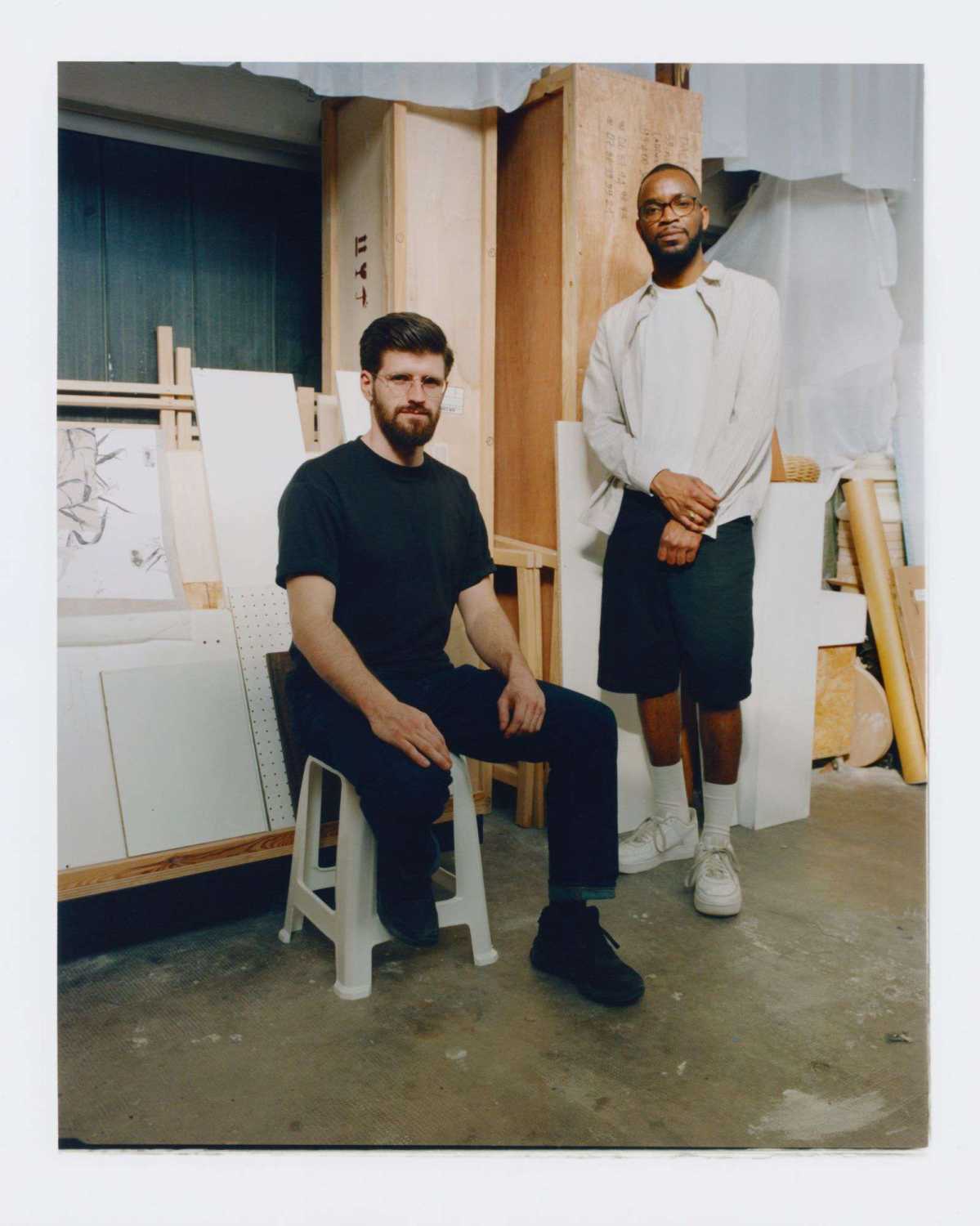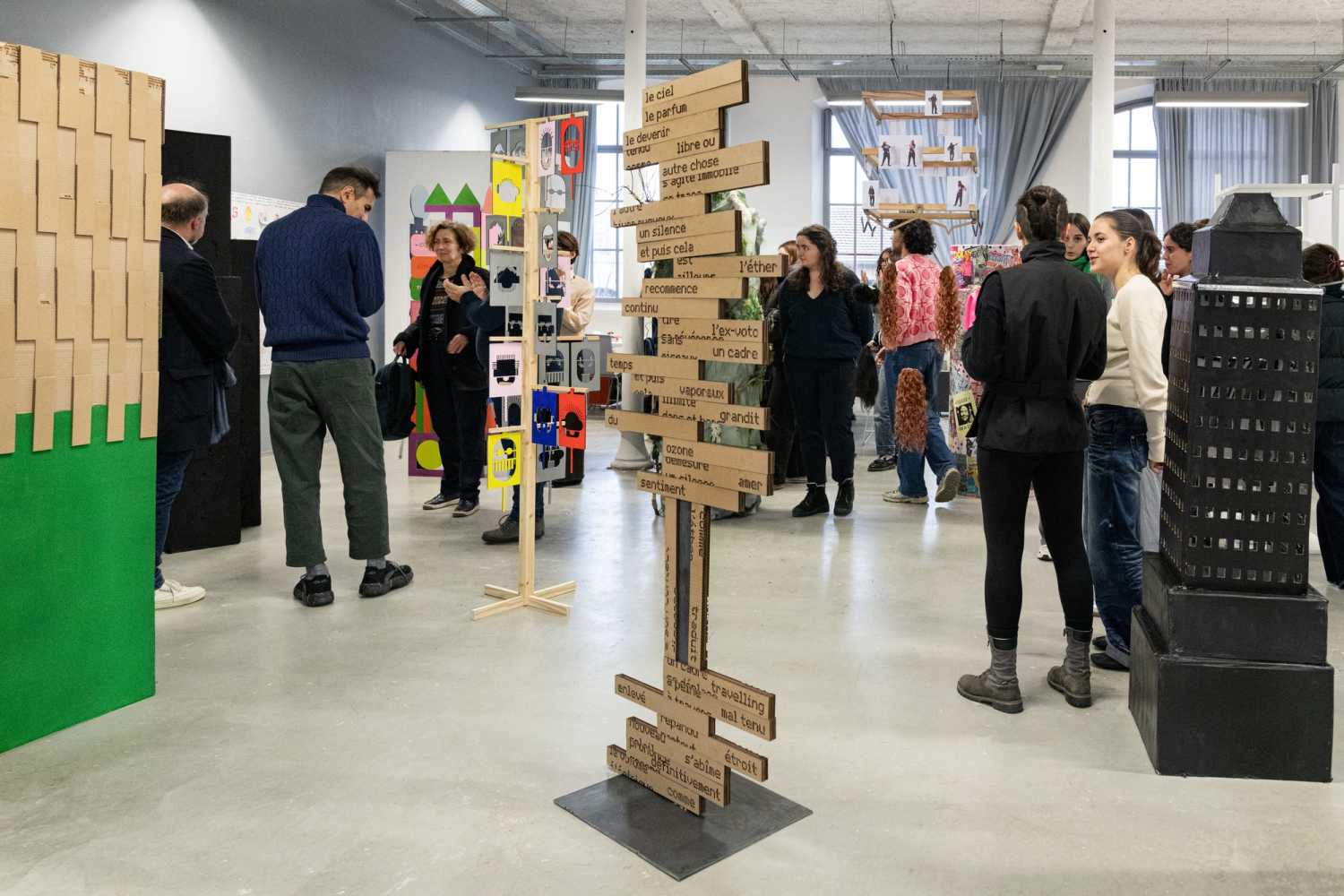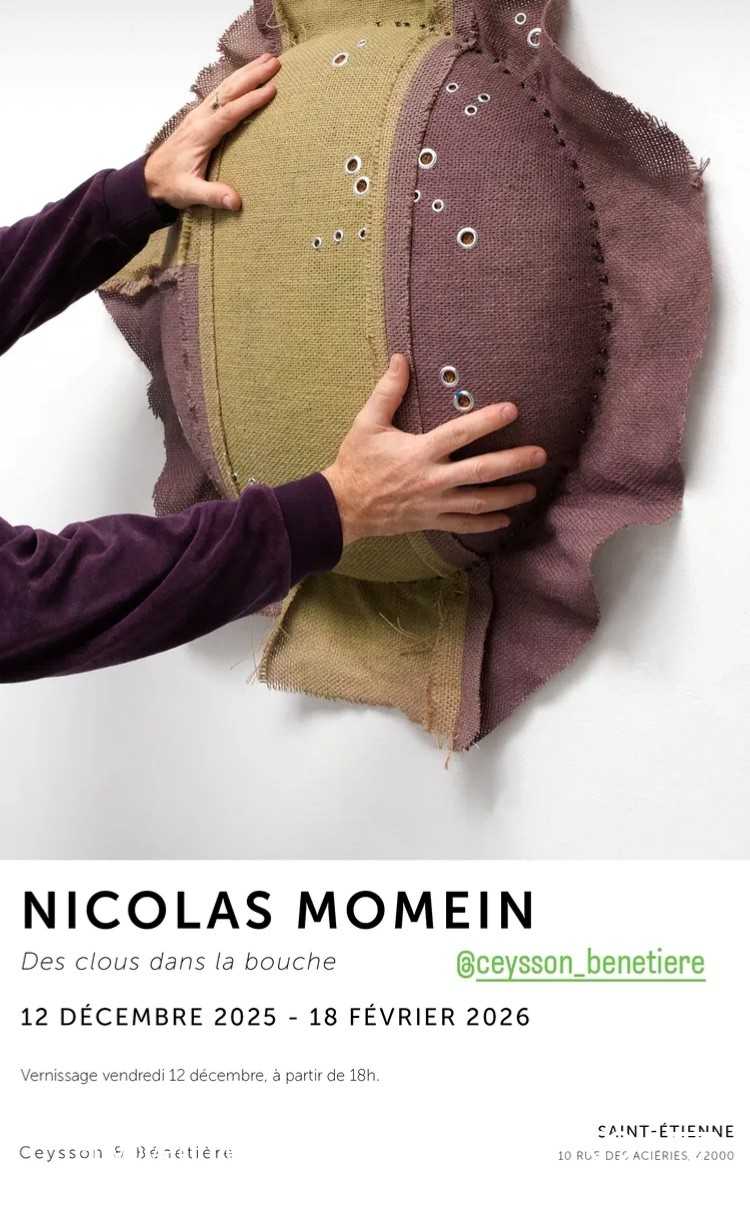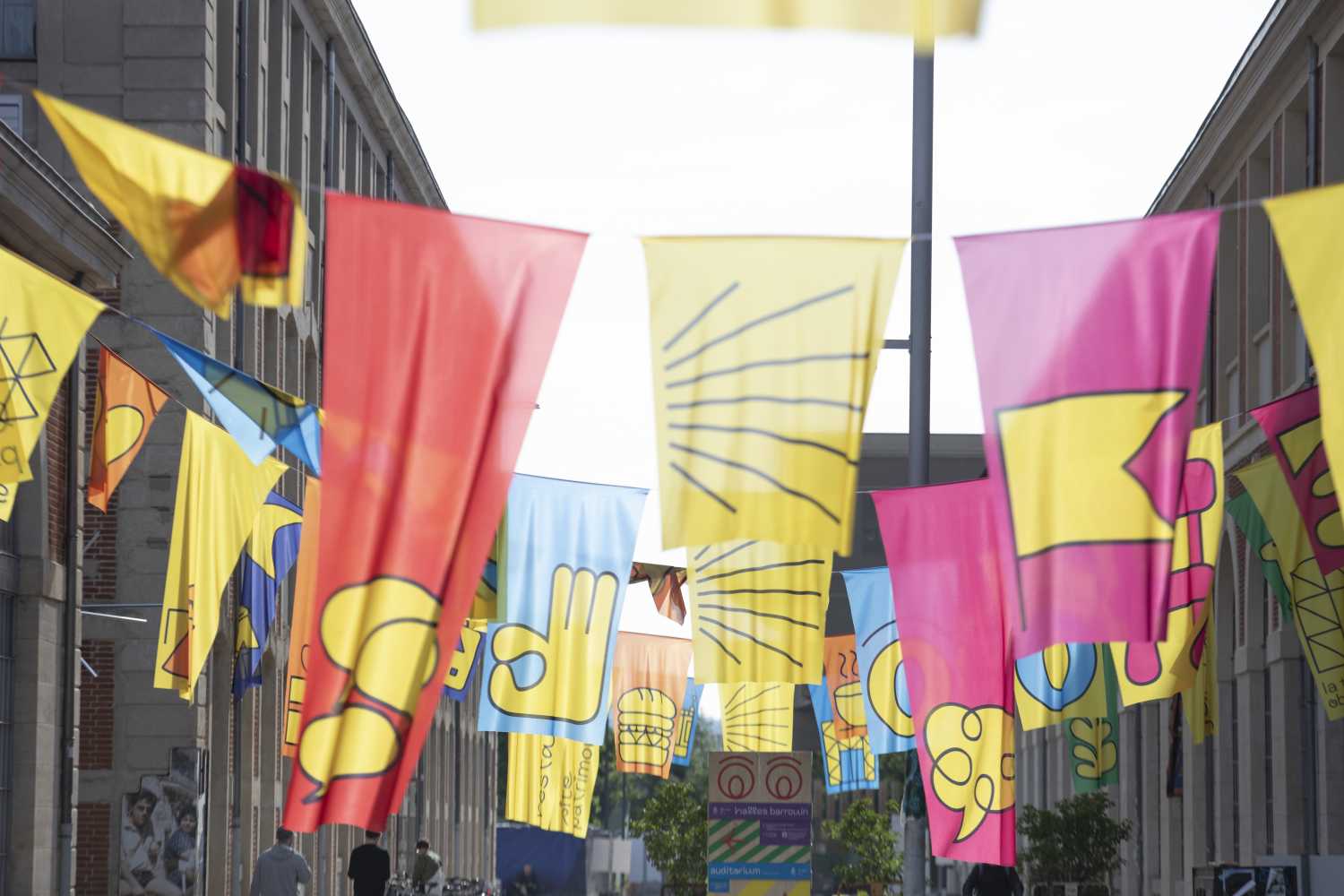simé grenn, dach&zephir
The third exhibition in the Present >< Future cycle, simé grenn takes us to the islands of Guadeloupe and Martinique. It reveals the singular and sensitive practice of design duo dach&zephir, which opens up to the Other and celebrates the necessary diversity of the World through small stories forgotten, neglected or erased from official narratives.
The emergence of a Creole design
After graduating from the École nationale supérieure des Arts Décoratifs (National Higher School of Decorative Arts) in Paris, French designers Florian Dach and Dimitri Zephir formed their duo in 2016. For them, our modern world must tell its story and be shared in accordance with the principles of the interpenetration of cultures, in a dynamic of fair exchange.

After completing their diploma with distinction, around the theme La figure de l’Autre (the Figure of Otherness), they created their studio dach&zephir. They devised it as a free creative space, where they pool their own lived experiences — their roots are in Paris and Guadeloupe — in a quest to discover what makes history and identity. History and cultural heritage are addressed as a rich vein of raw material for design, capable of producing a language of forms, materials and uses that underlies artefacts.
They define themselves as “researcher-authors” in design. Their creative approach, based on the Whole-world concept of Martinique-born poet and philosopher Édouard Glissant, is conveyed through Élòj Kréyòl. Initiated as soon as 2015, this research project focuses on the forgotten, downplayed or overlooked cultural and creative histories of the Creole societies of the West Indies (Antilles françaises), whose roots date back, among other things, to colonial slavery in Guadeloupe and in Martinique. What dash&zephir offer is a contemporary vision and transmission of those histories. The duo believe French design is in the era of creolisation: it suggests the creation of a rich, shared narrative of knowledge and heritages. A design based on connections that produces more connections, embracing the diversity of cultural and creative histories that make up a France that is not limited to the mainland.
Telling the history of Creole culture does not mean, in a word, granting it a land, a people, and rites that could make it specific. It also means restoring its memory, and attesting to its ability to reinvent itself, to weave itself into a plural present where everyone can be themselves, with their own qualities and flaws.


Détournement et économie des ressources : la création numérique comme manière de jouer avec les contraintes


Votre navigateur est obsolète, l’affichage des contenus n’est pas garanti.
Veuillez effectuer une mise à jour.